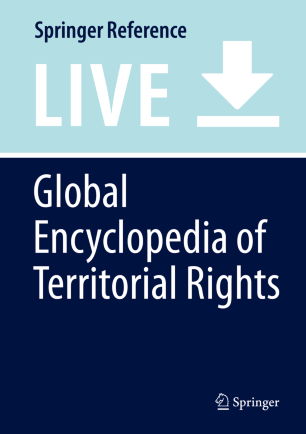(image source: Springer)
Abstract:
The Peace of Utrecht consisted of several bilateral treaties concluded between 1713 and 1715 in Utrecht, in the Dutch Republic. These treaties ended the War of the Spanish Succession, which originated in the decease of Charles II (1661-1700), the last Habsburg king of the composite Spanish monarchy. These treaties did not involve Emperor Charles VI nor the Holy Roman Empire, who concluded peace separately with Louis XIV of France at the Peace Treaties of Rastatt (6 March 1714; Dumont 1731, 415-423) and Baden (7 September 1714, 436-444). The Peace of Utrecht was based on a partition of the Spanish monarchy, and thus on the balance of power between the Bourbon and Habsburg dynasties. Britain played a seminal role, and established its maritime supremacy to the detriment of its former ally, the Dutch Republic. Charles VI of Habsburg and Philip V of Bourbon, who had been contenders for Charles II’s succession, only concluded a final peace treaty in 1725. The Peace of Utrecht furthered the spread of Most Favoured Nations-clauses in bilateral Treaties of Trade and Navigation, and assured Britain of Gibraltar, Minorca, Acadia and Newfoundland.
(read the entry here: DOI 10.1007/978-3-319-68846-6_611-1)

Geen opmerkingen:
Een reactie posten